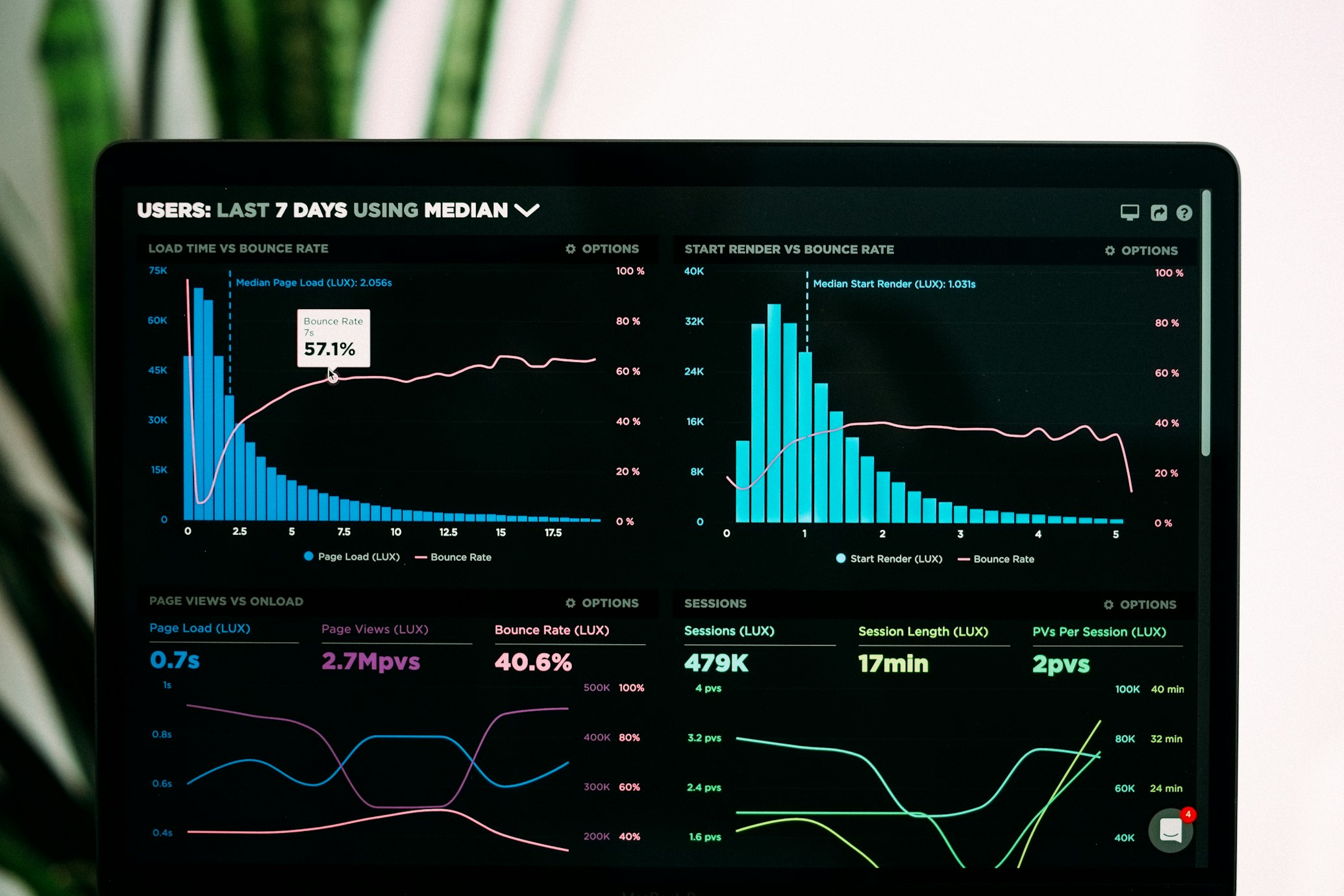
Lightweight Data Platform on GCP
2024-11-01
By Ken, Data Lead
Building a Lightweight Data Platform on Google Cloud Platform (GCP)
In today's data-driven world, organizations need to build scalable and efficient data platforms to enable data-driven decision-making. Google Cloud Platform (GCP) offers a wide range of services that can help you build a lightweight data platform that meets your organization's needs. In this guide, we'll walk you through the process of building a lightweight data platform on GCP using Pulumi, a modern infrastructure as code tool.
Why Build a Lightweight Data Platform on GCP?
Building a lightweight data platform on GCP offers several benefits, including:
- Scalability: GCP provides scalable infrastructure that can grow with your data needs.
- Cost-Effectiveness: GCP offers a pay-as-you-go pricing model, allowing you to optimize costs.
- Flexibility: GCP's wide range of services allows you to build a platform that meets your specific requirements.
- Security: GCP offers robust security features to protect your data and infrastructure.
Prerequisites
Before you get started, you'll need the following:
- A Google Cloud Platform account
- Pulumi CLI installed on your local machine
- Basic knowledge of infrastructure as code (IaC) concepts
Step 1: Set Up Your Pulumi Project
The first step is to set up your Pulumi project. Create a new directory for your project and initialize a new Pulumi project using the following command:
pulumi new gcp-typescript
This command will create a new Pulumi project with the necessary files and configurations to deploy resources on GCP using TypeScript.
Step 2: Define Your Infrastructure
Next, define the infrastructure components you want to deploy on GCP. This can include services like Google BigQuery for data warehousing, Google Cloud Storage for data storage, and Google Cloud Functions for serverless data processing.
Here's an example of how you can define a Google BigQuery dataset using Pulumi:
import * as gcp from "@pulumi/gcp";
const dataset = new gcp.bigquery.Dataset("my-dataset", {
datasetId: "my_dataset",
});
Step 3: Deploy Your Infrastructure
Once you've defined your infrastructure, you can deploy it to GCP using Pulumi. Run the following command to deploy your infrastructure:
pulumi up
Pulumi will show you a preview of the resources it will create, and you can confirm the deployment by typing yes.
Step 4: Test Your Data Platform
After deploying your infrastructure, you can test your data platform by loading data into BigQuery, storing files in Cloud Storage, and triggering Cloud Functions to process data. You can use the Google Cloud Console or the GCP SDK to interact with your data platform.
Conclusion
Building a lightweight data platform on Google Cloud Platform (GCP) using Pulumi is a powerful way to enable data-driven decision-making in your organization. By leveraging GCP's scalable infrastructure and services, you can build a platform that meets your organization's data needs and enables you to extract valuable insights from your data.